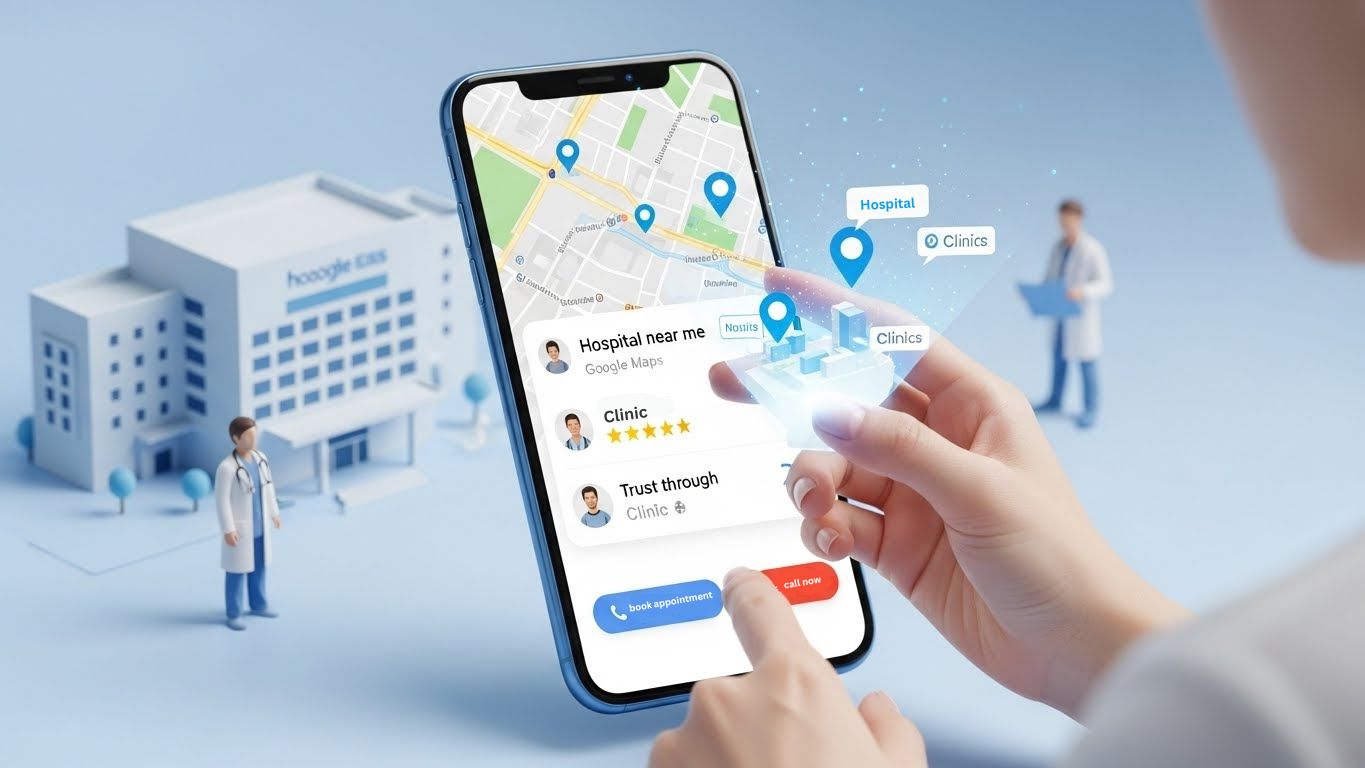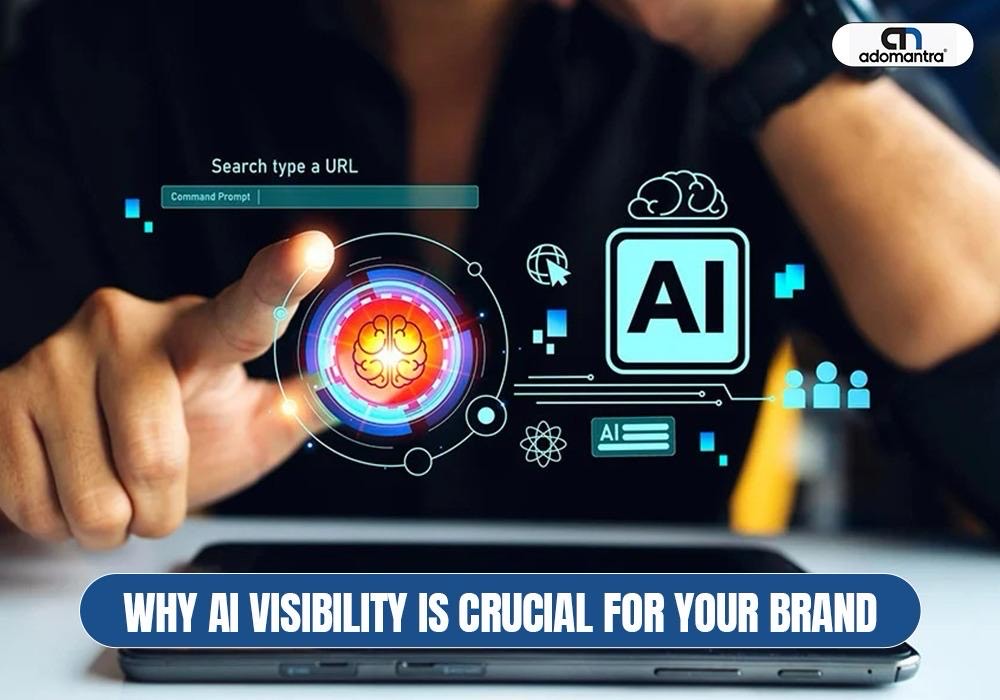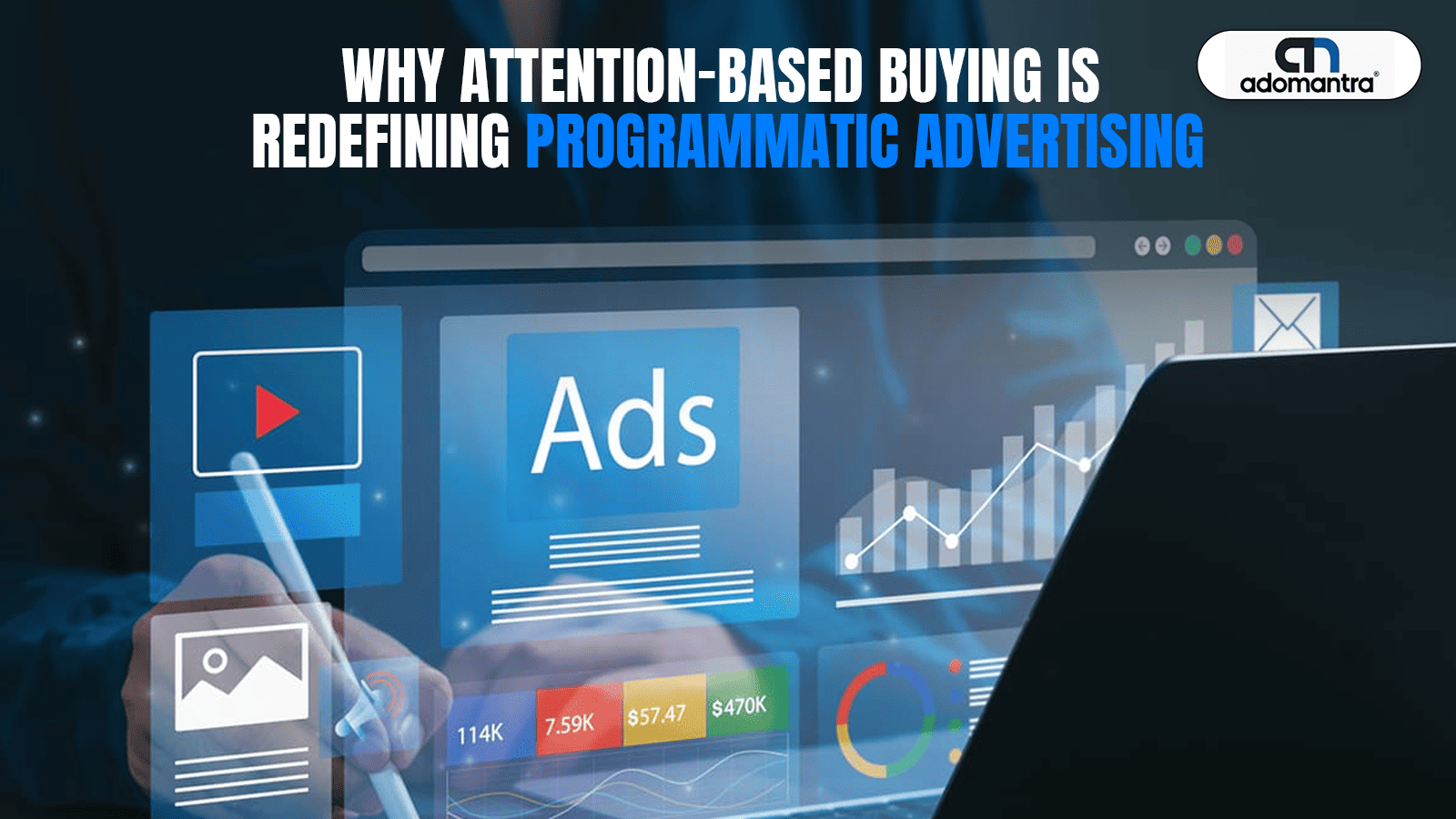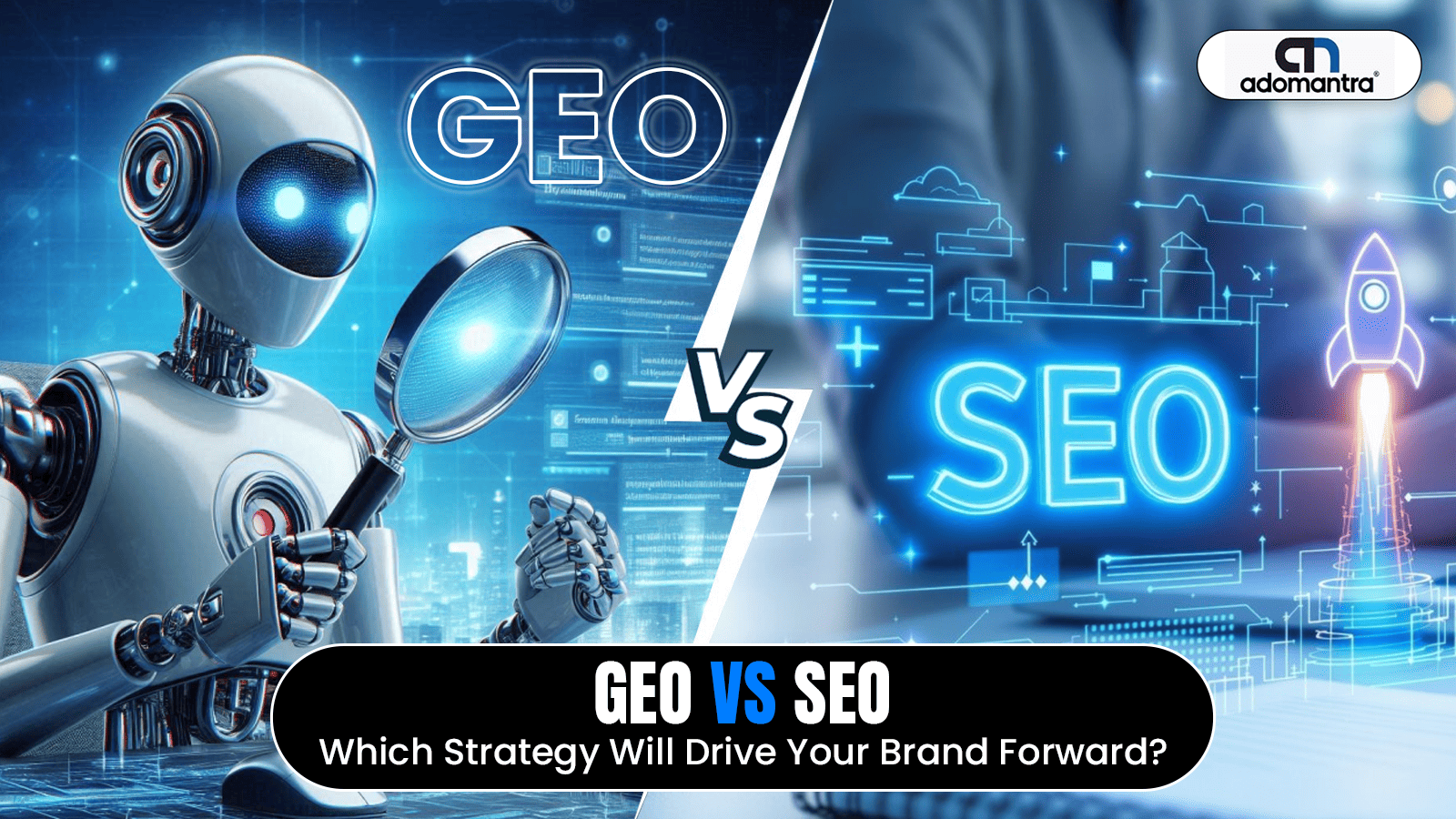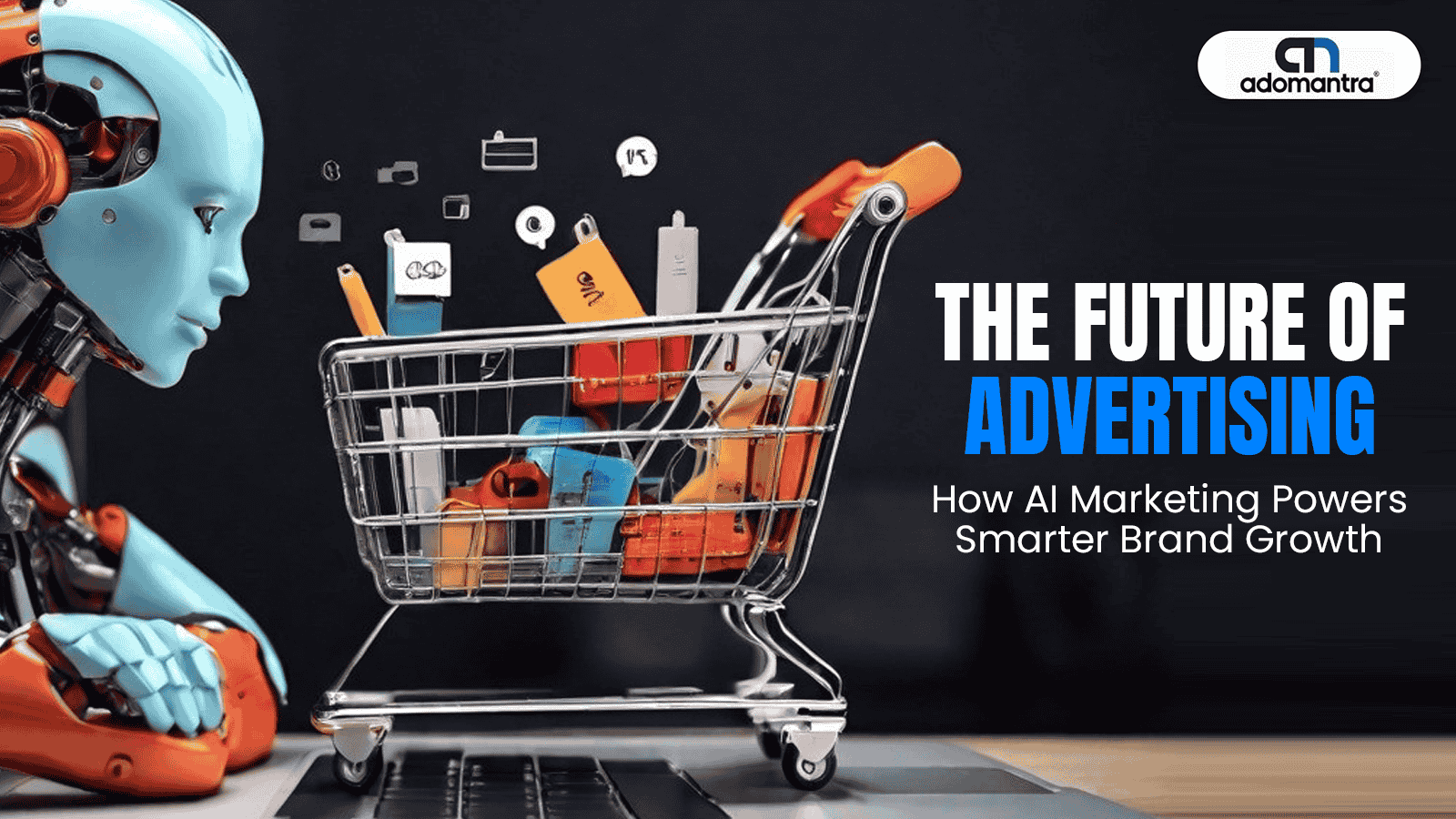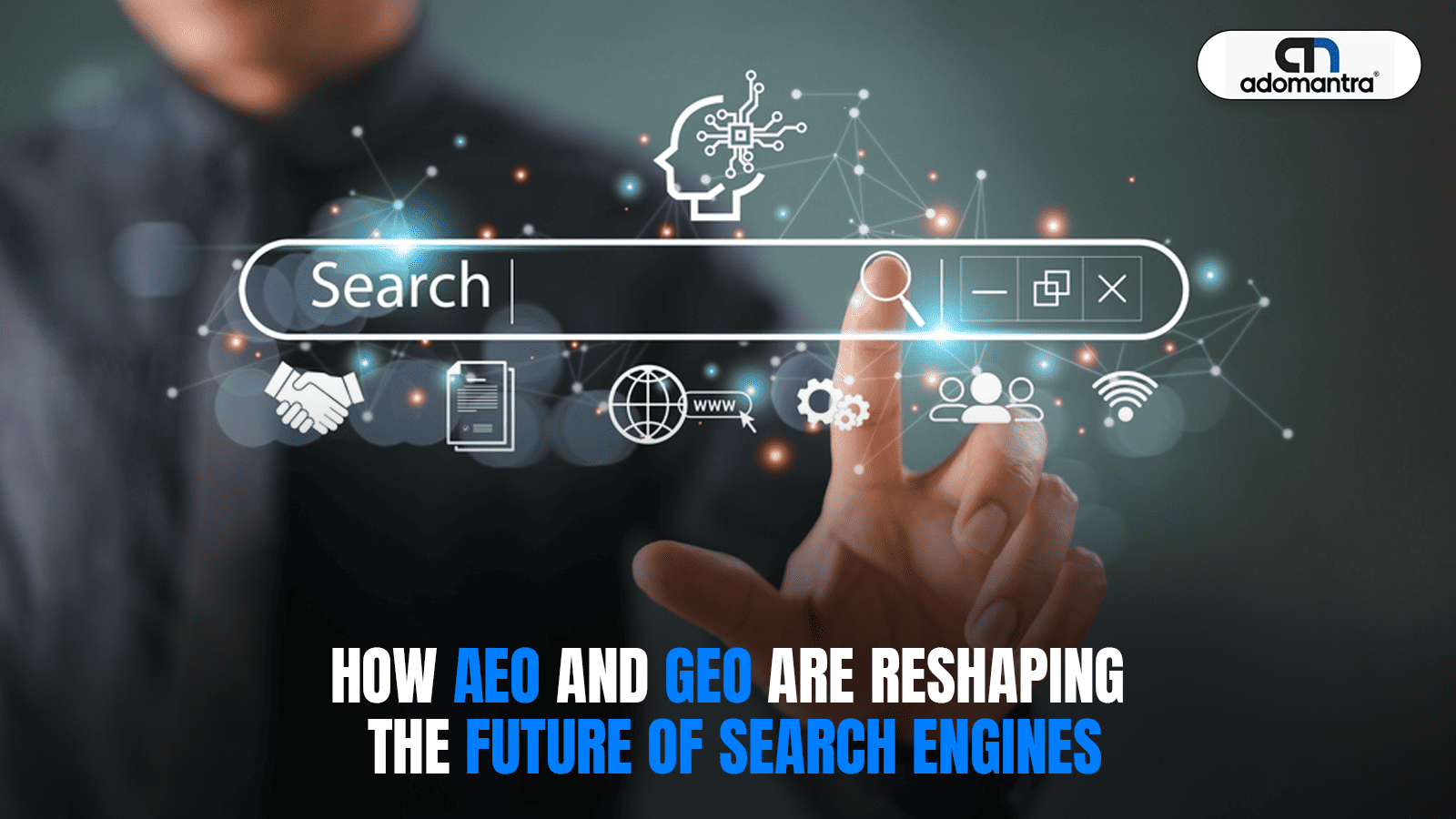
What is AEO and GEO and How It Will Change The Future of Search
Search is not what it used to be.
People are no longer typing long queries into search bars. They are asking full questions. Talking to voice assistants. Expecting direct, useful answers in seconds.
This shift has sparked two major evolutions in digital marketing: AEO (Answer Engine Optimization) and GEO (Generative Engine Optimization). Both are changing how your business appears in front of your audience. They are not trends. They are the future of search.
If your B2B brand wants to stay visible, competitive and conversion-ready, understanding AEO and GEO is no longer optional.
Let us break it down.
What is AEO (Answer Engine Optimization)?
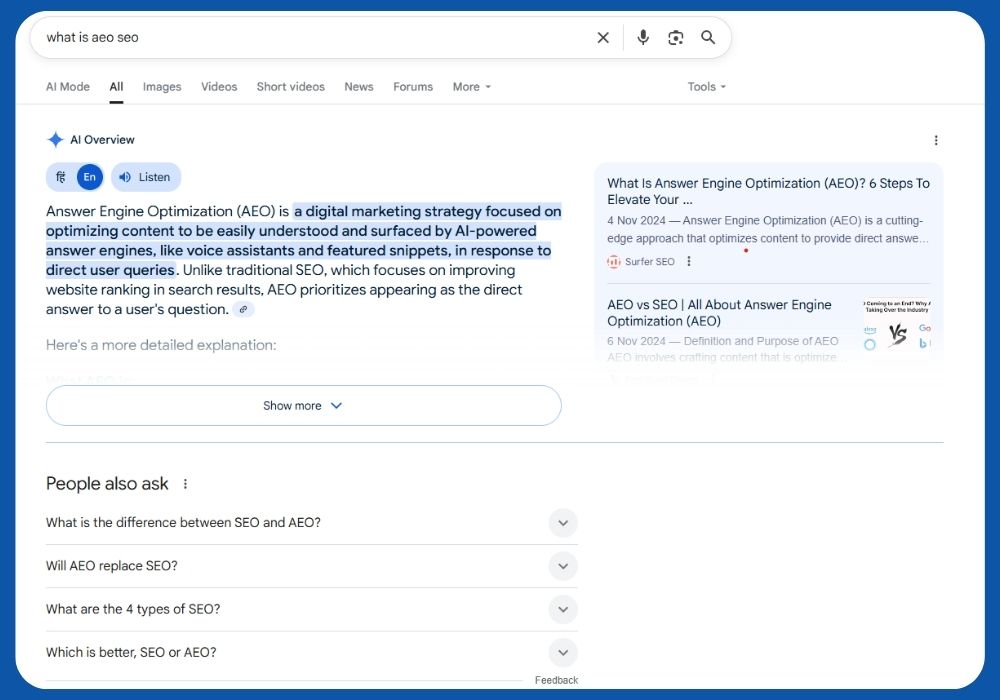
AEO is all about optimizing your content so it answers specific user questions directly. Unlike traditional SEO, which aims for rankings, AEO aims for answers.
Search engines are becoming answer engines. Google, Bing and others now show featured snippets, knowledge panels, People Also Ask sections, and voice results. These are powered by AI looking for concise, trustworthy answers.
Stat: According to Semrush, featured snippets appear in over 19 percent of all Google queries.
AEO helps you become that answer.
For B2B brands, this is a game-changer. Your content must be structured to solve problems clearly and quickly. That means:
- Using headings that reflect questions
- Structuring content with bullet points and lists
- Including definitions, stats, and clear insights
- Using schema markup for rich results
If a potential client asks, “What is cloud migration?”, you should be the answer they see — not just the link they might click.
What is GEO (Generative Engine Optimization)?
GEO focuses on how content is understood and delivered by generative AI engines like ChatGPT, Google’s Search Generative Experience (SGE), or Perplexity.
These engines do not just pull content. They generate answers based on the content they trust. If your brand is not part of the knowledge set these engines use, you risk being invisible.
GEO ensures your content is optimized for these systems. It means:
- Structuring content in a way AI can easily understand
- Publishing consistent and reliable information
- Building topical authority with detailed, long-form content
- Earning mentions and links from trusted sources
Fact: 78 percent of B2B buyers use three or more information sources during their decision journey.
If generative engines pull from those sources, your content must be one of them. That’s the heart of GEO.
Why AEO and GEO Matter for the Future of Search
Search engines are moving from indexing pages to understanding context.

This shift affects how your prospects find you.
- Voice searches, AI chat tools, and smart assistants now deliver single, definitive answers.
- Users do not scroll anymore. They get what they need in one go.
- Businesses showing up in these answers are gaining faster trust and better leads.
According to PwC, 71 percent of consumers prefer voice search over typing.
In this future, B2B decision-makers will rely on answers, not just links. GEO and AEO are your tools to adapt to this new reality.
How to Build a Strong AEO and GEO Strategy
To win at AEO and GEO, B2B brands must go beyond basic content. They need intent-first, people-first experiences. Here is how:
1. Create Question-Based Content
Answer questions your prospects are asking. Use platforms like Google Search Console, AnswerThePublic, or AlsoAsked. Build each page to address one key question.
2. Optimize for Rich Results
Use structured data. Add schema for FAQs, products, reviews and articles. It helps search engines show your content as featured results.
3. Focus on E-E-A-T
Google values Experience, Expertise, Authoritativeness, and Trustworthiness. Mention expert names, cite reliable sources, and keep your brand consistent.
4. Be GEO-Ready with AI-Friendly Content
Avoid fluff. Be clear and comprehensive. Add internal links, references and definitions. Use language that AI tools can interpret.
Pro Tip: Create glossaries and knowledge hubs for your industry. AI engines love well-structured information libraries.
5. Strengthen Topical Authority
Build content clusters around themes. For example, if you offer enterprise cloud services, cover migration, security, architecture, and cost modeling in detail.
This makes your brand the go-to authority in that topic — for people and machines alike.
AEO and GEO in Action: Real-World Examples
- HubSpot dominates AEO with question-based blog posts and easy-to-understand tutorials.
- IBM leverages GEO by creating thought leadership pieces that generative AI engines cite often.
- Salesforce builds rich knowledge bases that power both AEO and GEO visibility.
These brands do not just rank. They lead conversations and drive trust through intelligent content strategies.
Why B2B Brands Must Act Now
AI-powered search is already here. Google’s SGE is rolling out globally. Microsoft is integrating Copilot with Bing. Platforms like ChatGPT and Perplexity are fast becoming B2B research tools.
Waiting will cost you visibility, trust and leads.
Adomantra has been helping brands adapt to evolving search trends for years. With deep expertise in content intelligence and digital strategy, we ensure your brand is not only found — but featured, trusted, and remembered.
Conclusion
AEO and GEO are not optional anymore. They are the way forward.
Want to position your brand at the top of next-gen search results? Talk to the Adomantra team today and see how we can help you lead the digital future.
Contact us today!
Frequently Asked Questions
Q1. What is the difference between AEO and GEO in search optimization?
A1. AEO (Answer Engine Optimization) helps your content appear in direct answers like featured snippets or voice search. GEO (Generative Engine Optimization) ensures your content is picked up by AI tools like ChatGPT or Google SGE. AEO focuses on exact answers to user questions. GEO focuses on optimizing content for generative AI models that create summaries or responses.
Q2. Why is AEO important for B2B brands in 2025?
A2. AEO boosts visibility in zero-click searches, voice queries, and AI-powered results. For B2B brands, this means becoming the trusted source when decision-makers look for quick, accurate answers. It reduces friction in the buyer journey and builds brand authority faster.
Q3. How does GEO affect content marketing strategies?
A3. GEO changes how you create and distribute content. It requires you to write with AI systems in mind. That means structured, factual, and link-rich content that AI engines can understand and trust. It pushes brands to focus more on depth, clarity, and reliability.
Q4. How can a B2B company start implementing AEO and GEO?
A4. Start by identifying common questions your audience asks. Create content that answers those clearly. Add structured data like FAQ schema for AEO. For GEO, build authoritative content hubs, use consistent branding, and get cited on trusted websites. Working with a strategic digital partner can accelerate this process.

